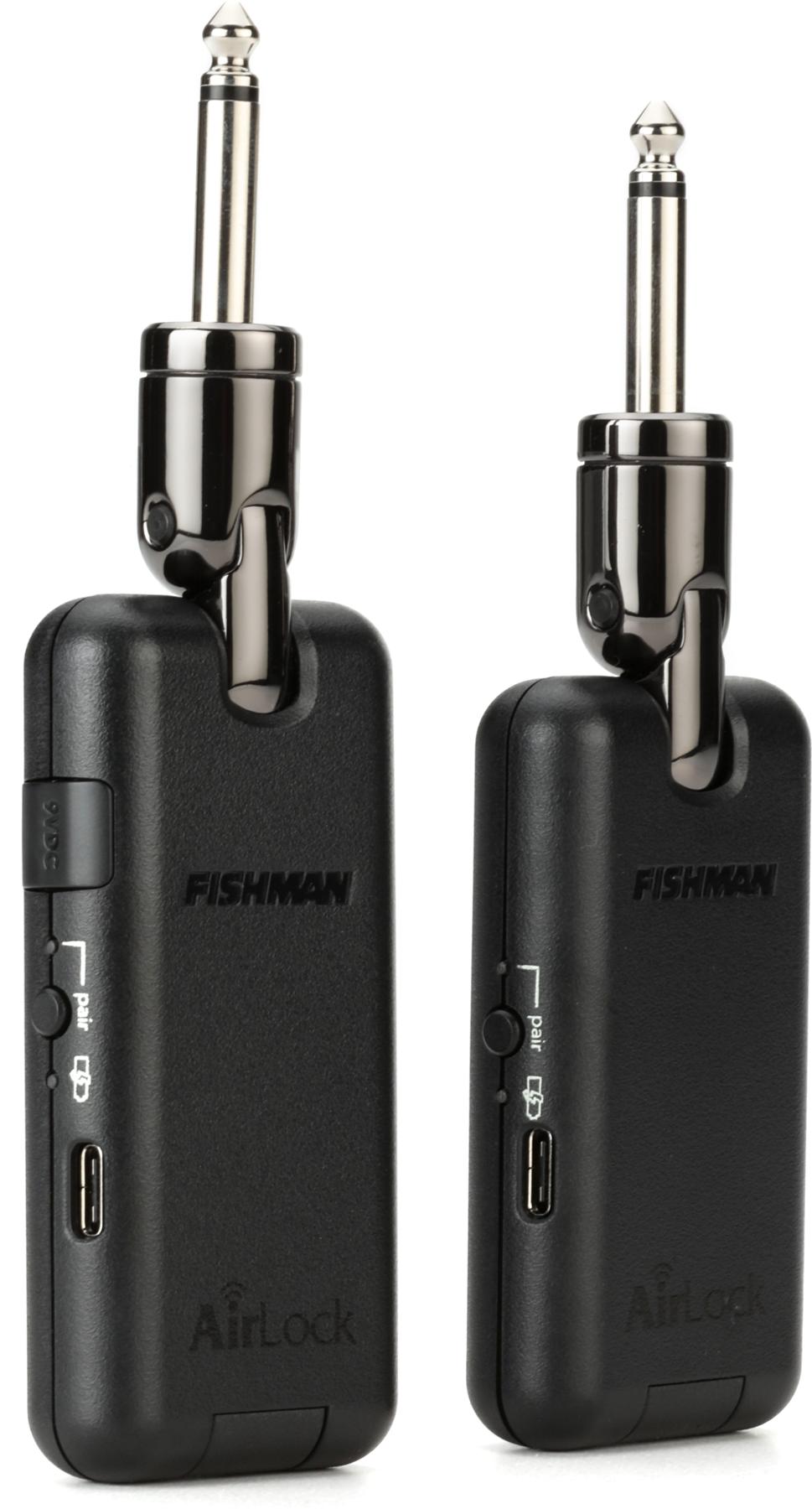It's been more than 60 years since the Tune-o-matic made its first appearance, but the ubiquitous guitar bridge design dreamed up by Gibson's Ted McCarty remains an important, revered, and much-copied hardware component on the electric guitar landscape. Lucky for us, we've got plenty of options—including these 10—when it's time for an upgrade
2500na-RE Aluminum

Fashioned after the classic Tune-o-matic, for guitars compatible with the ABR-1 standard, this bridge is crafted from aluminum for fast attack and flat frequency response.
ABR-style Bridge

Various vintage components were measured and inspected to craft these bridges with the same methods and materials that were used in the late 1950s.
GE104B

This modern version of the Tune-o-matic is available in a variety of different finishes and is an attractively priced replacement option for an ABR-1-style bridge.
GTM

These bridges were designed to fit all Les Paul-style guitars, feature special retainer springs to prevent rattles and buzz, and come without pre-slotted saddles for custom string-spacing options.
TP6G

This Nashville-style Tune-o-matic features “G Formula” notched saddles, which use a proprietary formula based on the nylon saddle material found on guitars from the ’50s and ’60s.
Babicz FCH Tune-O-Matic

Thanks to the elimination of unwanted space between the bottom of the bridge and the surface of the guitar, this design intends to offer added sustain, stability, and improved fullness and tone.
ResoMax NV2

Outfitted with the company’s String Saver saddles, this triple-plated bridge has an exclusive locking feature that secures the unit magnetically, without the need for tools.
Tone-A-Matic

This bridge’s aircraft-grade aluminum construction offers increased sustain and tone, while its unique saddle design is intended to eliminate saddle rattle and more effectively transfer string energy.
Tune-O-Matic Powerbridge

This drop-in Nashville-style bridge delivers acoustic-like sounds thanks to its piezo-loaded design, and it can be run solo or in combination with a guitar’s existing pickups.
Radiused Tune-o-matic Bridge

This U.S.-milled bridge easily adapts from an 11" radius to either a 10" or 12" radius, and features a lightweight aluminum body, brass screws and saddles, and stainless-steel clips.





























